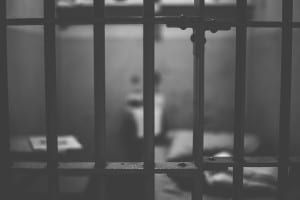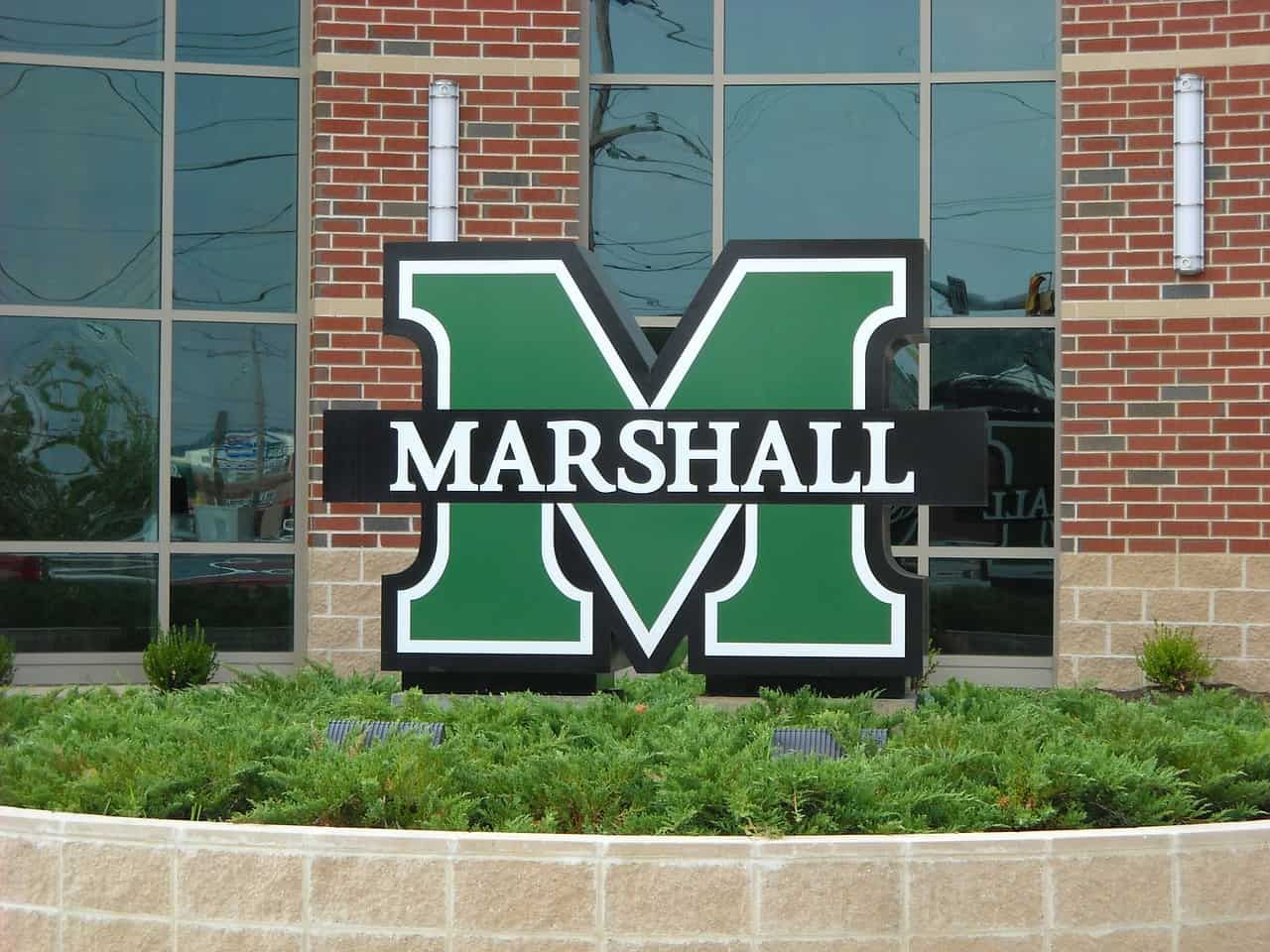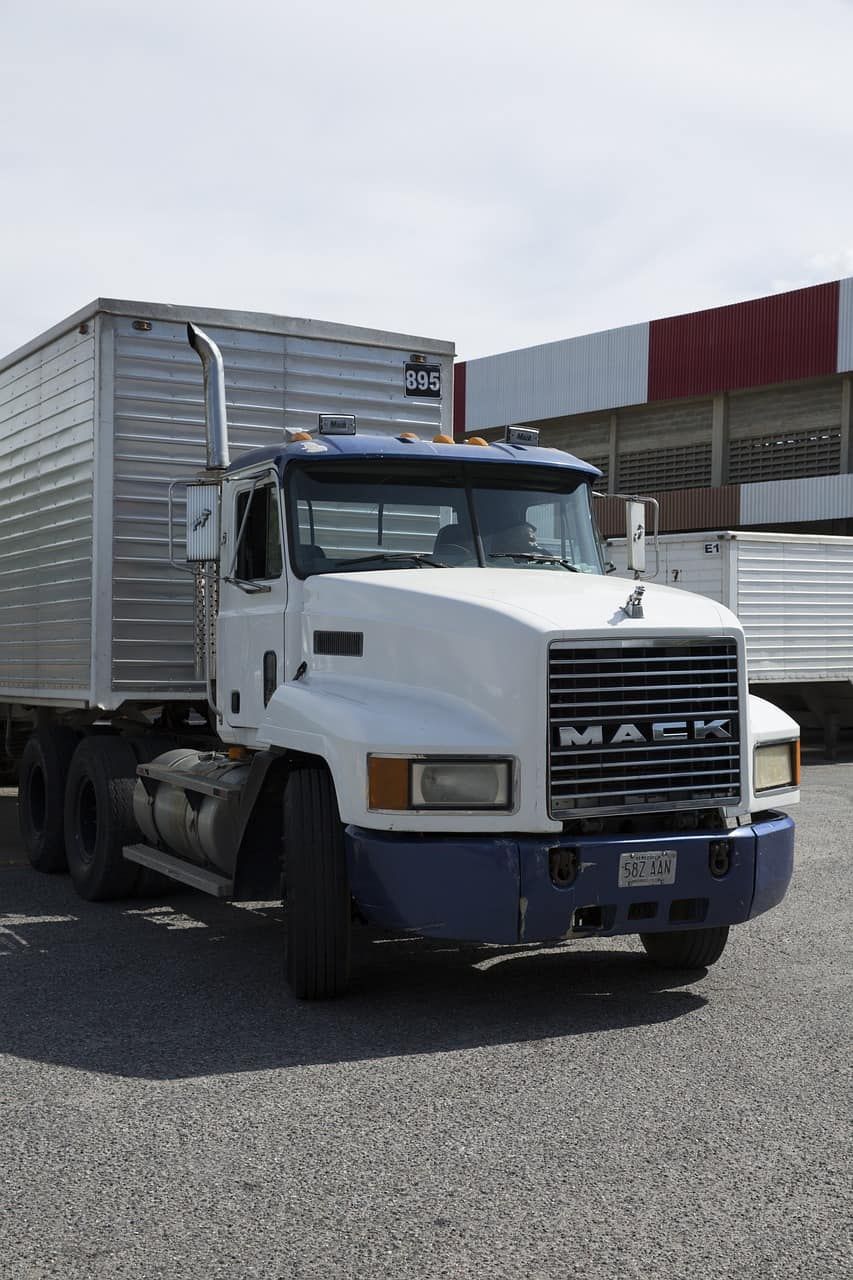 Finding a safe ride home after drinking is always the smart choice, and just to remind you of that fact, Virginia relies on sobriety checkpoints to keep the streets safe from drunk drivers. Sobriety checkpoints are common across the U.S., with similar laws and strategies that are more about safety than filling up a “drunk tank” at the county jail. Since Virginia does allow sobriety checkpoints, here are some things to keep in mind if you’re out and about and considering your options for how to get home after drinking:
Finding a safe ride home after drinking is always the smart choice, and just to remind you of that fact, Virginia relies on sobriety checkpoints to keep the streets safe from drunk drivers. Sobriety checkpoints are common across the U.S., with similar laws and strategies that are more about safety than filling up a “drunk tank” at the county jail. Since Virginia does allow sobriety checkpoints, here are some things to keep in mind if you’re out and about and considering your options for how to get home after drinking:
- Sobriety checkpoints in Virginia don’t take a lot of time to get through. Not everyone is stopped, and if a person is suspected of driving under the influence, they are moved from the flow of traffic for further testing.
- You will be asked basic questions if you’re stopped at a sobriety checkpoint. Be sure to answer the officer and hand over your license, registration and/or insurance information upon request.
- Sobriety checkpoint locations and times are broadcast online and through other channels for public awareness – a reminder that it is important to have a sober ride home, no matter where you are.
If you are suspected of driving under the influence at a sobriety checkpoint in Virginia, you will be given the standard roadside tests, including a breathalyzer. If you refuse the breathalyzer, you will be taken into custody immediately, and if your blood alcohol concentration (BAC) is .08 percent or higher, you will be arrested for DUI. If you’re convicted of the DUI, you face a variety of penalties, from a car breathalyzer or ignition interlock requirement to jail time, community service and more. Sobriety checkpoints happen for a reason, to keep us all safe from the dangers of drunk drivers and keep everyone aware that avoiding the “drunk tank” is as easy as remaining sober when driving.

 Need a DUI Expungement West Virginia? Get an Ignition Interlock!
Need a DUI Expungement West Virginia? Get an Ignition Interlock!